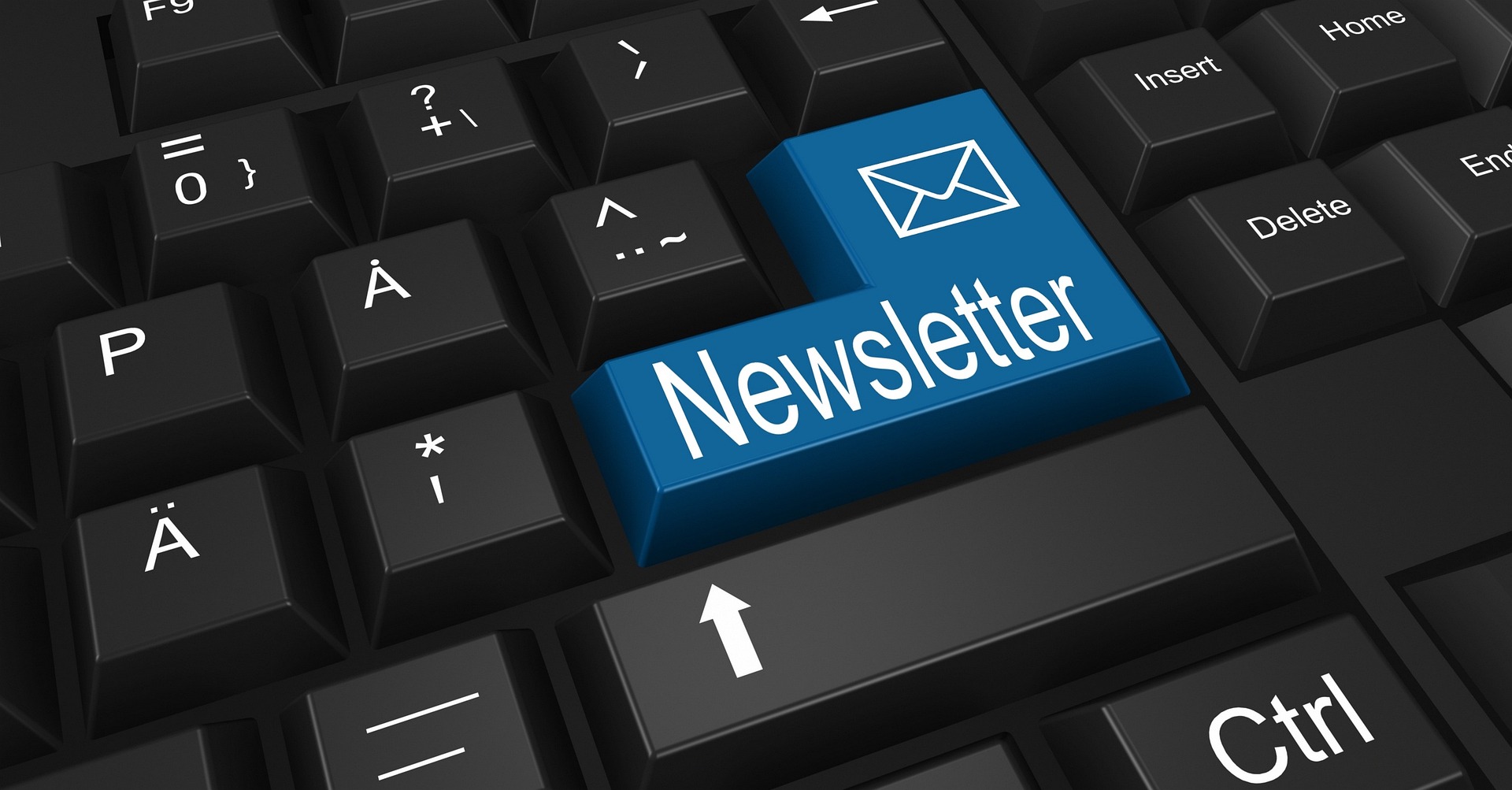[contact-form-7 id=”4740″ title=”Call me”]

Email marketing can be a powerful tool for businesses to reach out to potential customers and nurture relationships. However, it’s important for marketers to know the basics of email marketing before diving in.
This blog post will discuss six important things to understand about email marketing so that you can get the most out of your campaigns. It will also look at some of the best practices to keep in mind and tips for getting the most out of your email marketing efforts. So, let’s get started.
The most important thing to note about email marketing is that you need to be careful when sending out emails. A good rule of thumb is to never send an unsolicited email, as this may get flagged by spam filters and land your messages in the spam folder.
Instead, focus on building up a list of customers who have opted-in to receive emails from your company, as this will increase the chances of your emails being seen and opened. Also, having an email spam checker in place can help you ensure that all of your emails are CAN-SPAM compliant. It’s also important to avoid using deceptive subject lines, as this can result in a high number of unsubscribes. For instance, if you’re sending out a newsletter, clearly state this in the subject line. Or, if you’re offering a sale, make that clear as well.
You need to strike a balance between sending out too many emails and not enough emails. Sending too many can be overwhelming for your customers and make them unsubscribe, while not sending enough could lead to them forgetting about you. Your email frequency should depend on the type of content that you’re sending out and how often your customers expect to hear from you. You can also consider setting up an automated email system that sends out emails based on customer behavior, such as when they’ve bought a product or abandoned their shopping cart.
Personalizing your emails is one of the best ways to make sure that your messages stand out in someone’s inbox. This could mean including their name in the subject line or using segmentation so that you can send targeted emails to different customer groups. You could also use dynamic content, which is content that changes based on certain criteria such as geography and past purchase history. This will help you create more personalized emails that are tailored to each customer’s needs.
It’s essential to make sure that your emails look great on both desktop and mobile devices, as most people nowadays access their emails on the go. You can do this by using a responsive design so that your emails automatically adjust to the device they’re being viewed on. You also want to keep in mind how long it takes for images and videos to load, as this can affect whether or not someone opens and engages with your email.
In order to measure the success of your email campaigns, it’s important to track a variety of data points. This includes things like open and click-through rates, as well as how many people unsubscribed or marked your emails as spam. You should also consider setting up A/B testing so that you can compare different versions of the same email and see which one resonates better with your customers.

Another great way to optimize your email marketing efforts is by using automation tools such as email drip campaigns, autoresponders, and triggered emails. These tools can help you streamline your process by sending out pre-scheduled emails based on customer behavior or certain events. This will save you time in the long run and allow you to focus on other important tasks.
For example, you could set up a drip campaign to welcome new customers or send out triggered emails based on the items they’ve added to their shopping cart. Also, you can use automation to send out emails at the best time for each customer, as well as track their engagement and performance.
Email marketing can be a powerful tool for connecting with customers and generating more sales. By following the tips above, you can ensure that your emails stand out from the crowd, reach the right people, and get results. Additionally, automation tools and performance metrics will help you save time and track how successful your email campaigns are. With the right strategy in place, you’ll be well on your way to increasing customer engagement and boosting sales
Good luck!